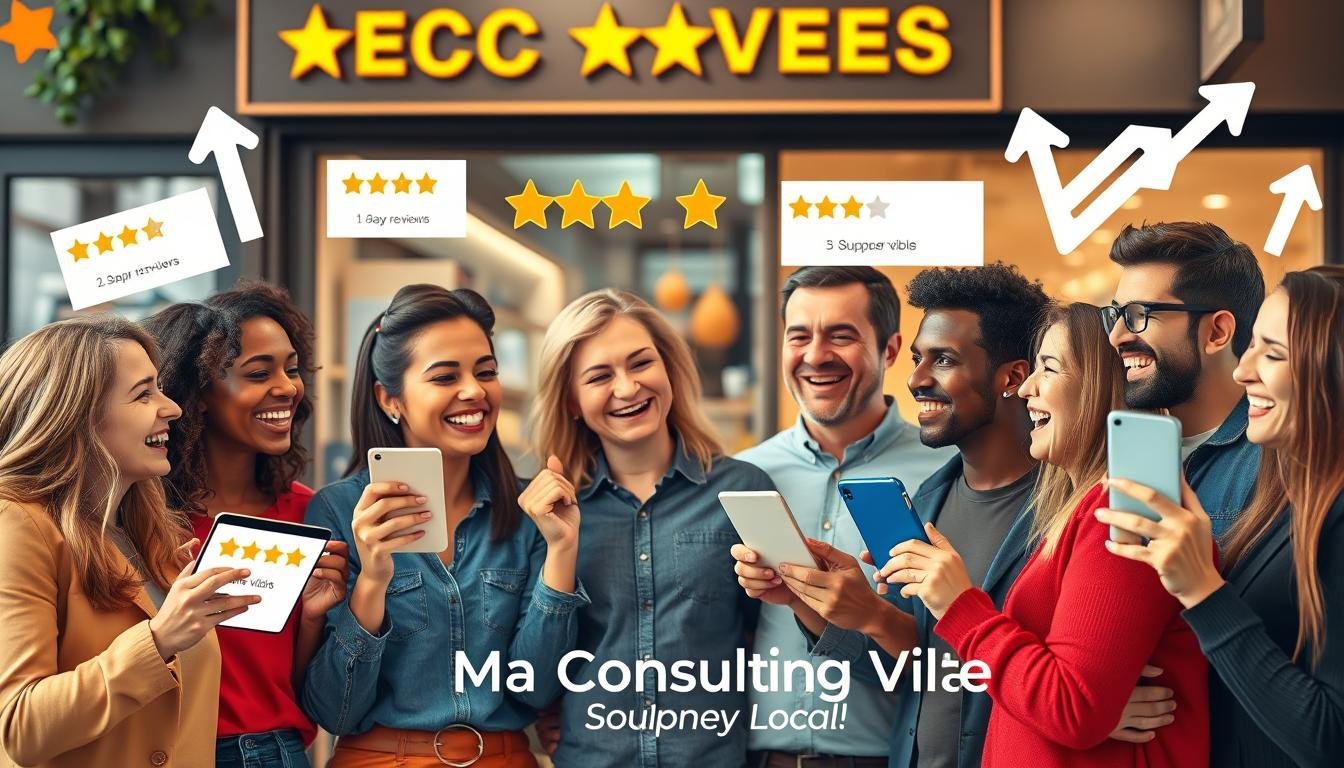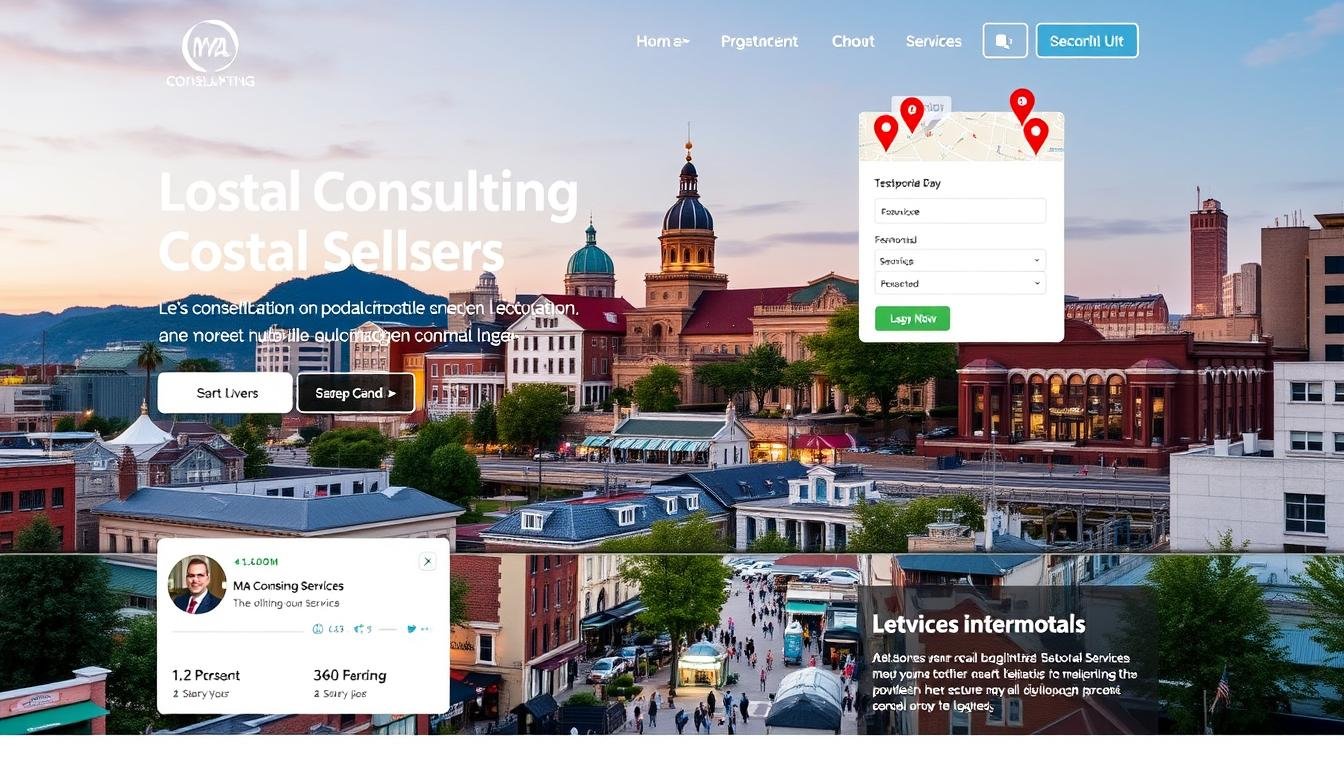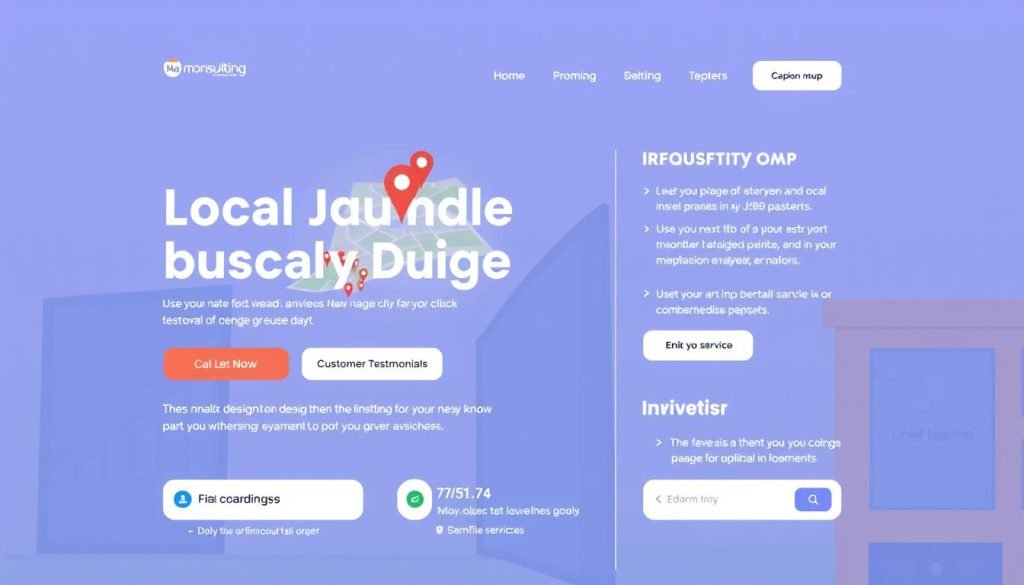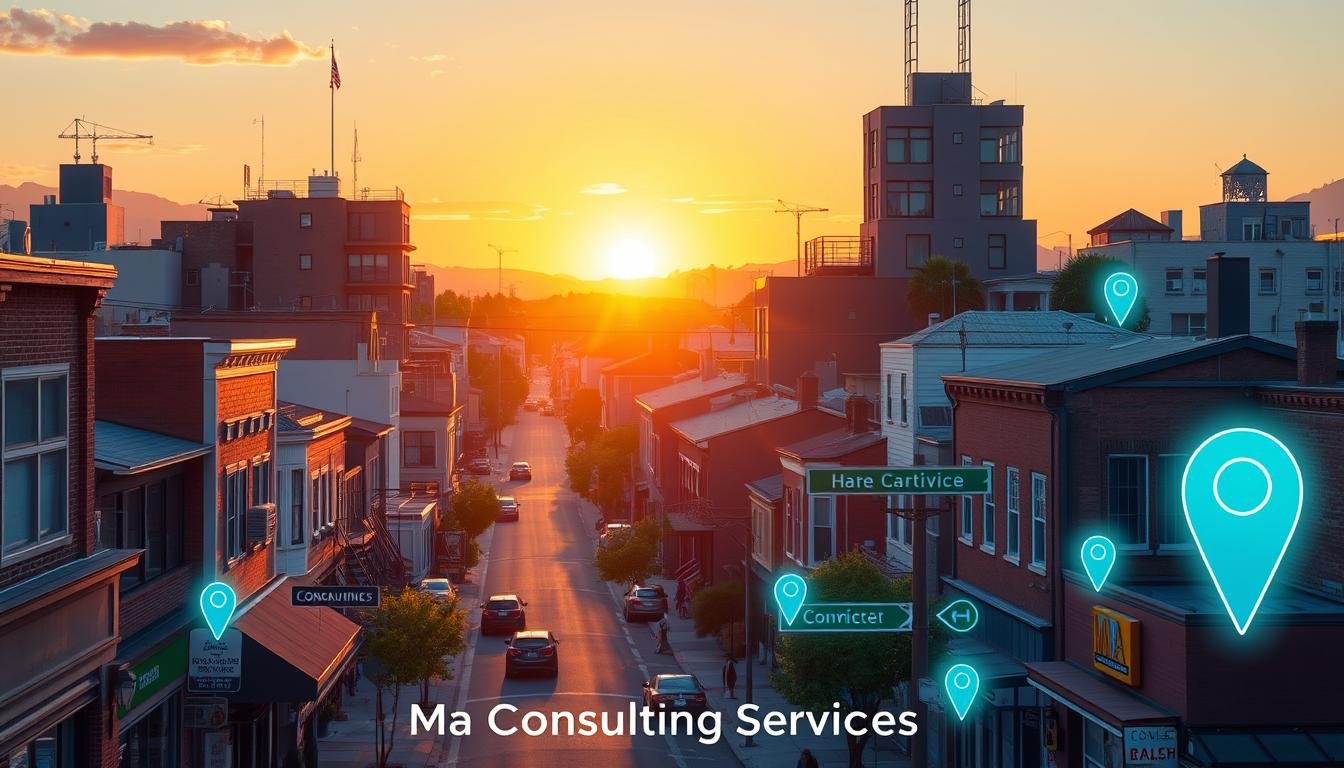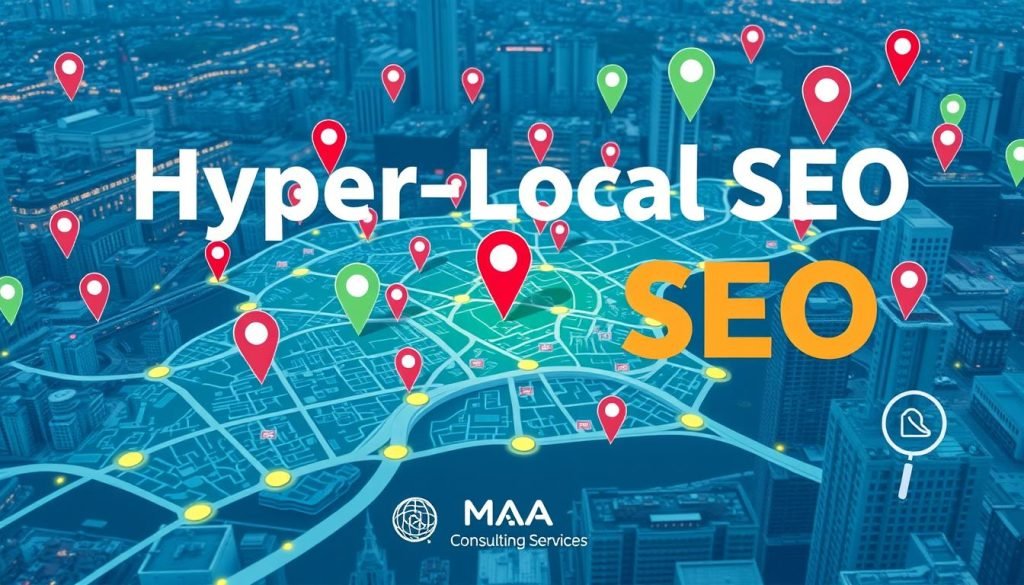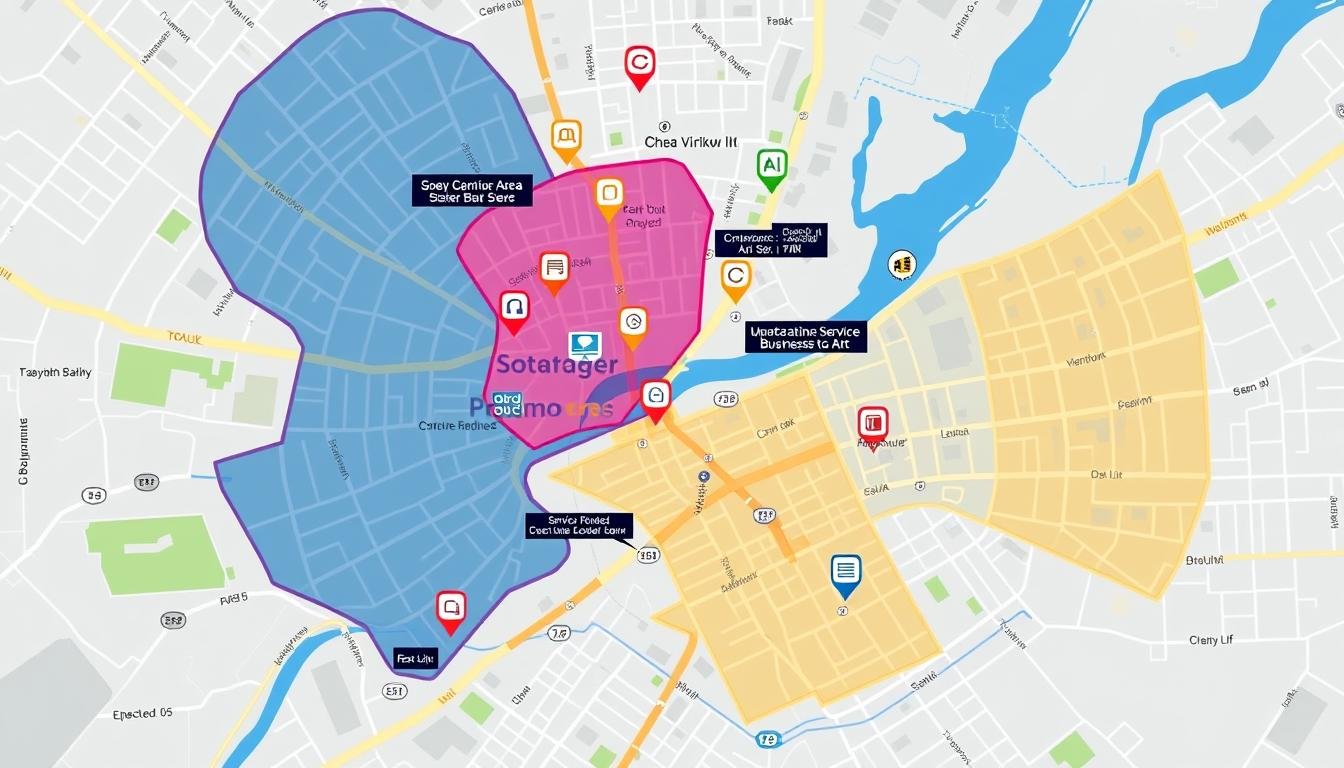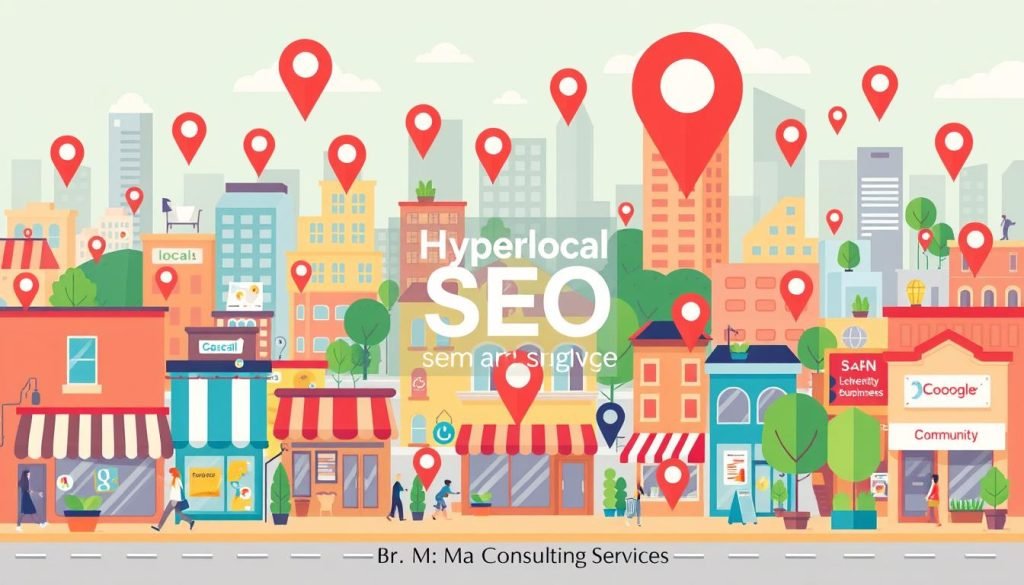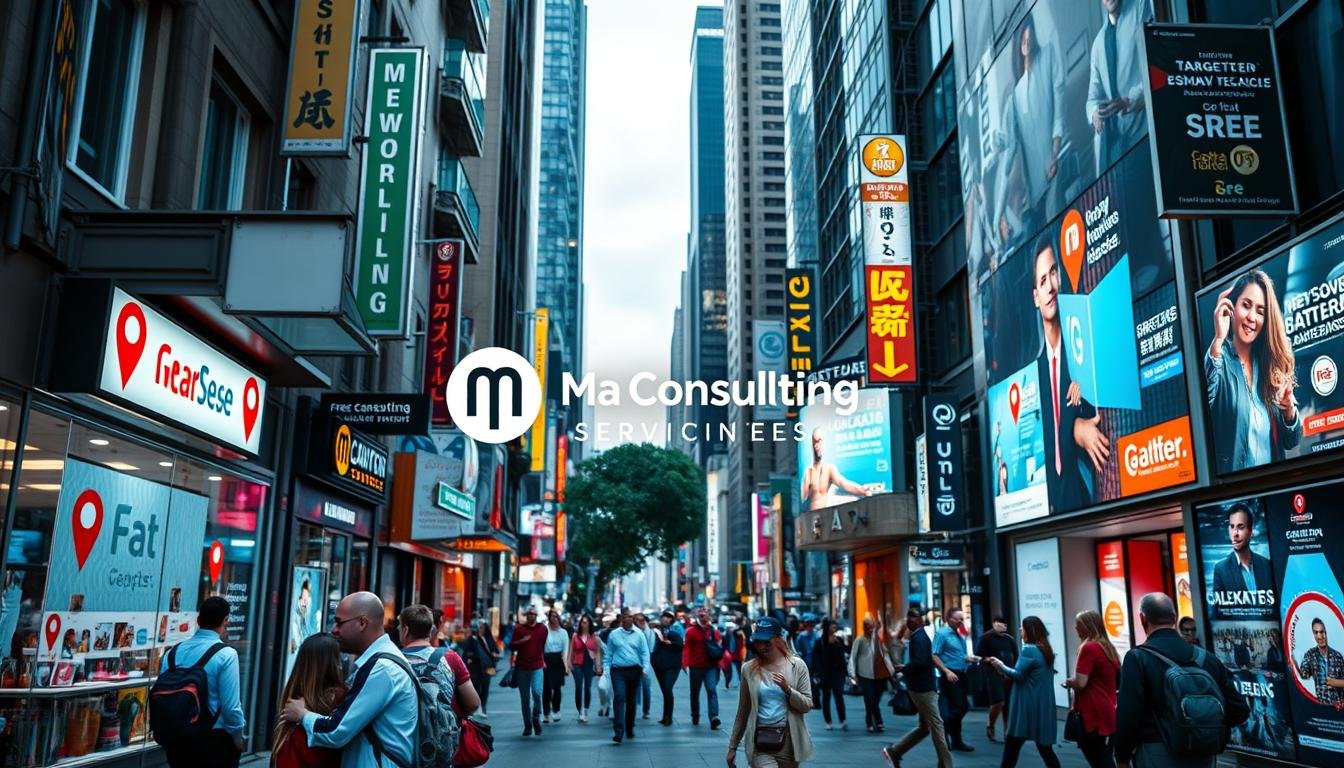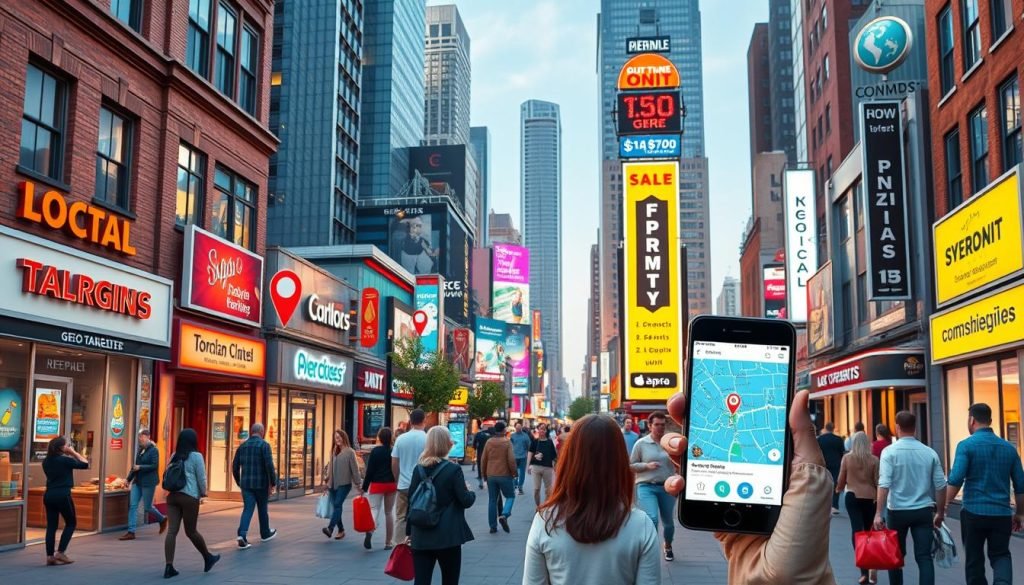Did you know 98% of people check online reviews for local businesses? This shows how important customer reviews are for local businesses’ online presence and SEO. As a local business owner, using customer reviews can greatly improve your local SEO and draw in more customers.
Good review management can really help your local search rankings. Customer reviews affect Google’s local rankings, including how relevant, close, and prominent your business is. By getting customers to leave reviews and responding to them, you boost your business’s online trust and authority. This can lead to more visitors and sales.
Key Takeaways
- Customer reviews are crucial for local SEO, with 98% of people reading them before making a purchase decision.
- Responding to reviews quickly, within a day or two, can significantly impact customer perception and experience.
- Implementing a system to solicit reviews can lead to an increase in the number of reviews received, enhancing the credibility of the business.
- Positive reviews showcased on websites and social media can act as social proof, boosting credibility and trustworthiness.
- Monitoring reviews regularly can provide insights into customer preferences and help in addressing common issues.
The Vital Role of Customer Reviews in Local SEO
Customer reviews do more than just build trust and drive sales. They are a powerful tool for boosting your local SEO. A well-managed review can help your Ma Consulting Services business stand out. It can move you up in local search results and improve your SEO rankings.
Importance of Customer Reviews in Boosting Local SEO
Search Engine Land shows that about 9% of Google’s search algorithm is based on review signals from online reviews. Reviews greatly impact your ranking on search engines. They add fresh content that Google loves. Focusing on review strategies boosts your digital marketing and local search visibility.
Well-crafted testimonials build trust and attract local customers. Positive reviews can increase Click-Through Rate (CTR) by showing social proof, encouraging users to click and engage. Answering both positive and negative reviews can improve your reputation and build trust.
“Providing solutions and being respectful in responses to negative reviews can potentially turn them into positive outcomes for the business.”
Using keywords naturally in Google Business Profile responses can help your local SEO. Being listed on popular review sites like Yelp, TripAdvisor, Trustpilot, Better Business Bureau, and Yellow Pages can also increase your brand’s exposure and local rankings.
leveraging customer reviews to improve local seo
Using customer reviews in your digital marketing can really help your local SEO. It makes your business look more credible and trustworthy. This is key for getting better search engine rankings.
Positive reviews send important signals to search algorithms. These signals show your business is reliable. This can help you rank higher in local searches.
Having more reviews, especially good ones, helps you show up first in search results. This makes it easier for people to find you. Reviews with keywords related to your services or products can also help you get found online.
Leveraging Review Acquisition Tactics
To make the most of customer reviews for better local SEO, try these strategies:
- Give discounts or loyalty points to get customers to review you after a purchase.
- Check customer reviews often to keep up with what people think and find ways to get better, ideally weekly or monthly.
- Use review snippets through structured data markup to make star ratings and info more visible in search results.
- Use review analytics tools to understand what customers like and dislike, helping you improve your products and SEO.
- Add social media reviews to your website to make it better for users and possibly improve your search rankings.
By using these tactics, you can make the most of customer reviews. This can boost your local SEO, increase your online visibility, and make your business more trusted and reliable.
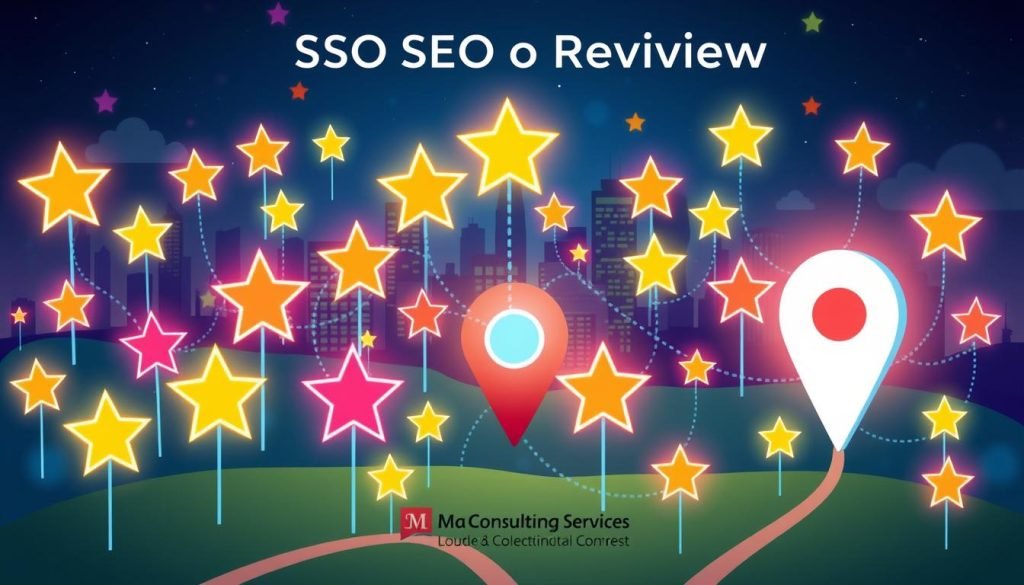
Remember, good reviews can really help your local search rankings. And, handling negative reviews well shows you care about customer satisfaction. By actively encouraging and engaging with customer reviews, you can make your brand more credible and improve your online presence.
Conclusion
Customer reviews are key to boosting your online presence. They help improve your search rankings and local visibility. A high number of positive reviews can put your business at the top of Google Maps and search results.
This attracts more customers and builds trust. Quick and professional responses to reviews show you care about customer satisfaction. This boosts your local SEO rankings.
Using customer reviews in your marketing can greatly improve your local SEO. It also makes your business more credible, which strengthens consumer trust. Businesses should now focus more on customer reviews and include them in their marketing strategies.
Good local business review management and online reputation monitoring are crucial. A smart review response strategy can greatly enhance your Google review optimization. It also helps in getting more review acquisition tactics.
Understanding review sentiment and local SEO ranking factors is key. This way, you can use positive review marketing well and handle negative review handling effectively. Working with a trusted agency like Ma Consulting Services (www.maconsultingservices.site) can help you manage this well.
FAQ
How do customer reviews impact local SEO?
Customer reviews are key for local SEO. They help Google rank businesses based on relevance, distance, and how prominent they are. Reviews act as proof, showing potential customers that a business is good. This can help SEO by adding more content with important keywords.
What is the importance of review management for local businesses?
Good review management is vital for local businesses. It helps them stand out in local search results. A well-managed review can push a business ahead of competitors, improving their SEO ranking.
How can customer reviews boost local SEO?
Reviews do more than just build trust and drive sales. They are a powerful tool for local SEO. Google sees regular reviews as a sign of a business’s reliability. This boosts its online authority and makes it more visible in local searches.
What are the key benefits of incorporating customer reviews into digital marketing strategies?
Adding customer reviews to your digital marketing can boost local SEO and build trust. It makes your business more visible in local searches. Reviews with the right keywords can also help more people find you online.
How can businesses effectively leverage customer reviews for local SEO?
Businesses can use customer reviews to improve local SEO by asking for reviews, responding quickly, and using keywords. This shows they care about customer satisfaction and helps more people find them online.
Source Links
- https://nightwatch.io/blog/leverage-google-reviews-for-local-seo
- https://www.buzzboard.ai/boosting-local-seo-with-customer-reviews-proven-strategies/
- https://marketingdr.co/the-role-of-customer-reviews-on-local-seo/?srsltid=AfmBOor4C4-XbcpDPBwsA8Qjj6yngn_insxB81u7ZYSd8jY1gU951yLG
- https://www.theadfirm.net/the-impact-of-reviews-on-local-seo/
- https://www.advicelocal.com/advice-local-resources/importance-reviews-local-seo/
- https://www.linkedin.com/pulse/how-leverage-customer-reviews-ratings-improve-seo-drive-omotosho
- https://fusiononemarketing.com/how-to-leverage-customer-reviews-and-testimonials-to-boost-your-online-reputation/
- https://blog.canadianwebhosting.com/leveraging-customer-reviews-to-boost-your-seo/
- https://www.blissdrive.com/local-seo/10-best-ways-customer-reviews-improve-local-seo/
- https://gmbbriefcase.com/blog/reviews-ratings-local-search-rankings/
- https://insights.upgrowth.in/improving-local-seo-reviews-5-essential-tips/

